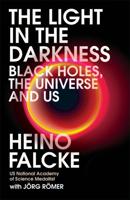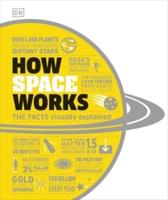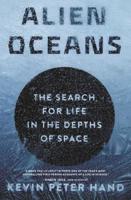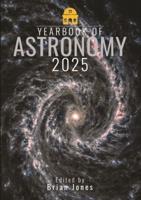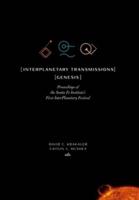Publisher's Synopsis
New gamma ray and charged particle telescope designs based on scintillating fiber arrays could provide low cost, high resolution, lightweight, very large area and multi radiation length instrumentation for planned NASA space exploration. The scintillating fibers low visible light output requires readout sensors with single photon detection sensitivity and low noise. The sensitivity of silicon Avalanche Photodiodes (APDS) matches well the spectral output of the scintillating fibers. Moreover, APDs have demonstrated single photon capability. The global aim of our work is to make available to NASA a novel optical detector concept to be used as scintillating fiber readouts and meeting the requirements of the new generations of space-borne gamma ray telescopes. We proposed to evaluate the feasibility of using RMD's small area APDs ((mu)APD) as scintillating fiber readouts and to study possible alternative (mu)APD array configurations for space borne readout scintillating fiber systems, requiring several hundred thousand to one million channels. The evaluation has been conducted in accordance with the task description and technical specifications detailed in the NASA solicitation "Studies of Avalanche Photodiodes (APD as readout devices for scintillating fibers for High Energy Gamma-Ray Astronomy Telescopes" (#8-W-7-ES-13672NAIS) posted on October 23, 1997. The feasibility study we propose builds on recent developments of silicon APD arrays and light concentrators advances at RMD, Inc. and on more than 5 years of expertise in scintillating fiber detectors. In a previous program we carried out the initial research to develop a high resolution, small pixel, solid-state, silicon APD array which exhibited very high sensitivity in the UV-VIS spectrum. This (mu)APD array is operated in Geiger mode and results in high gain (greater than 10(exp 8)), extremely low noise, single photon detection capability, low quiescent power (less than 10 (mu)W/pixel for 30 micrometers ...

